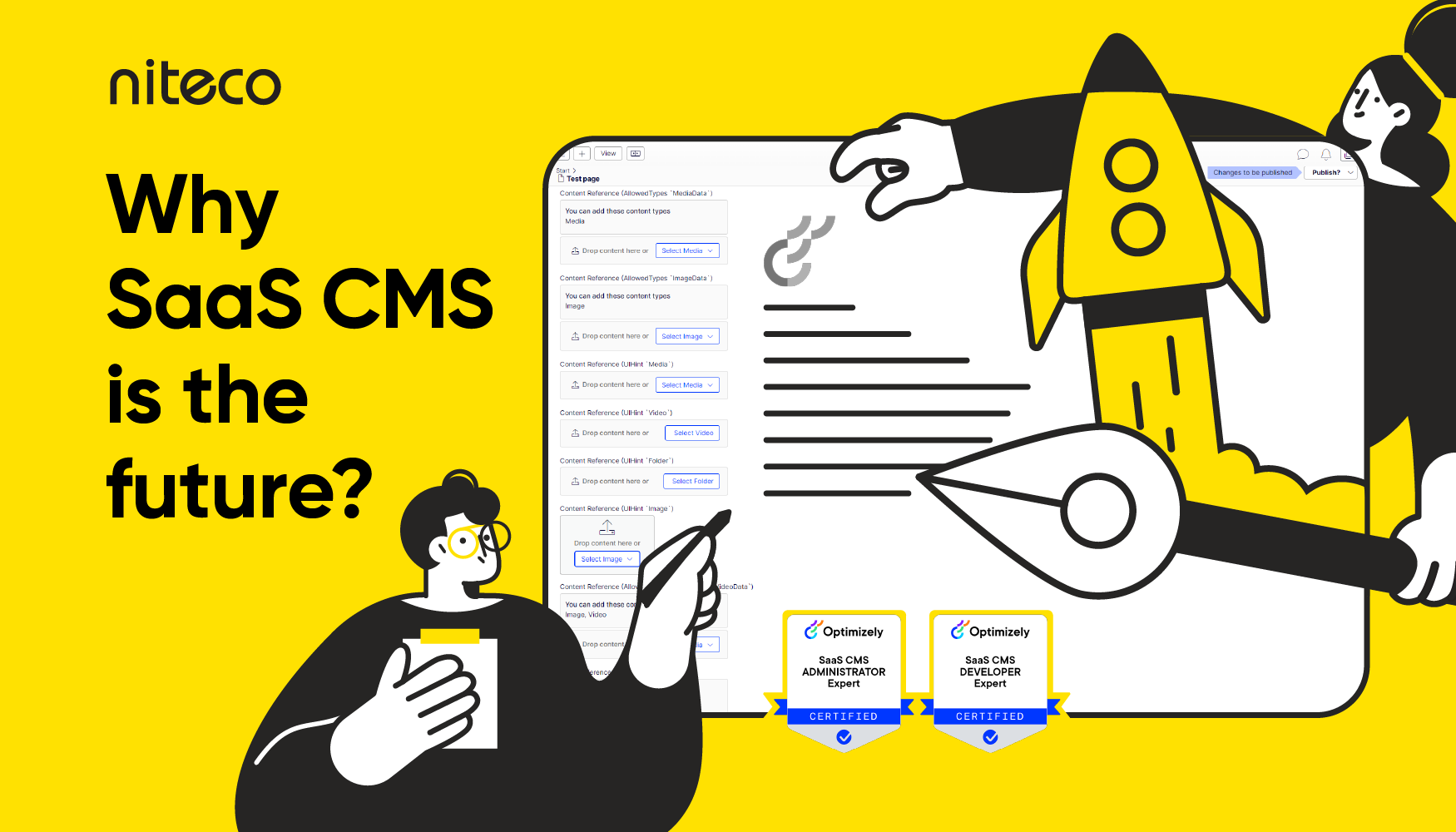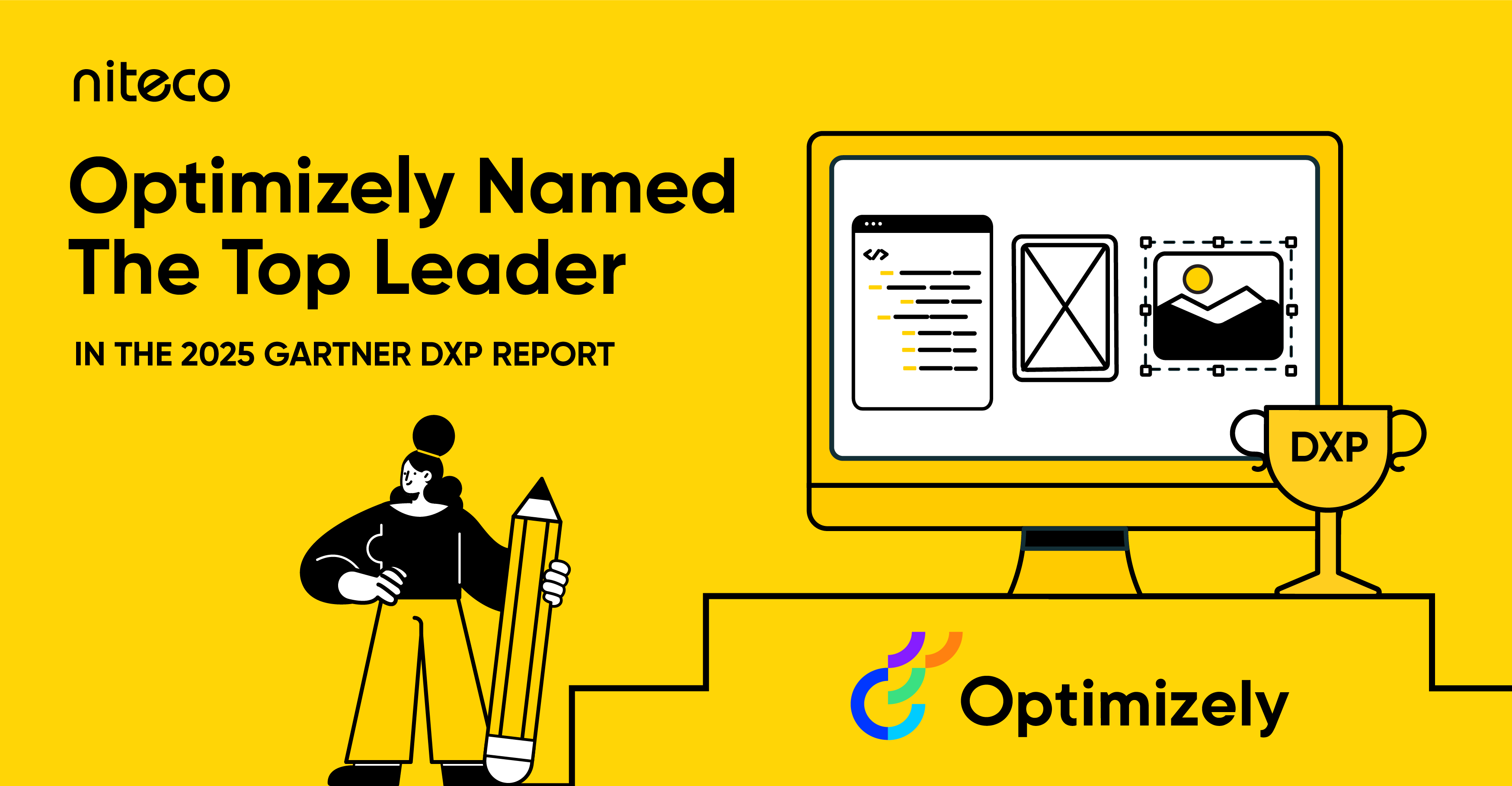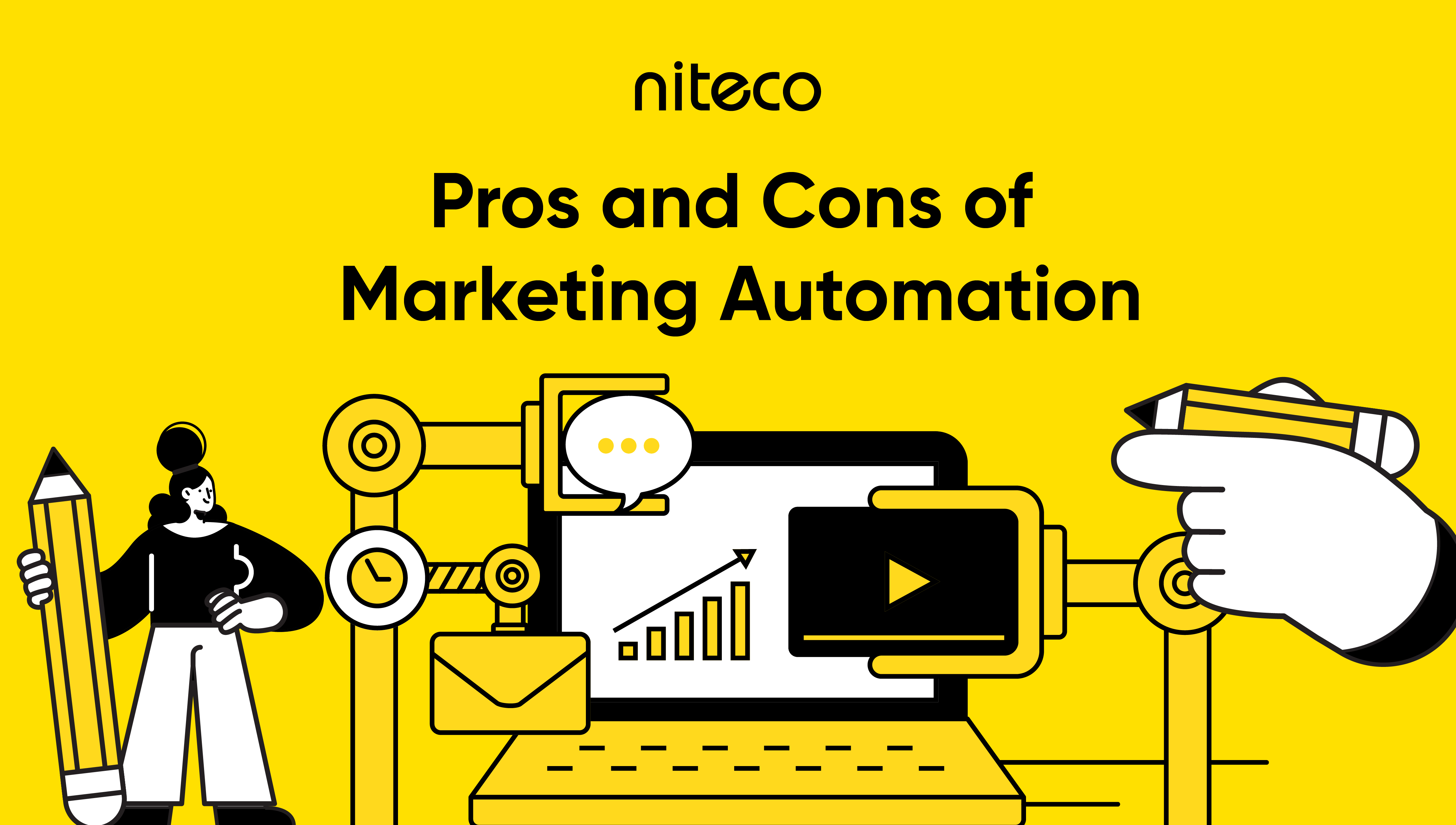Poor data quality costs the average enterprise $12.9 million every year and 67% of organizations admit they don’t fully trust the data they rely on to make decisions according to Precisely and Gartner. Some of the most common problems include missing key data or dealing with out-of-date information, incorrect or unverified data, and a lack of actionable insights.
The solution? A Customer Data Platform (CDP) - and more specifically, the Optimizely Data Platform (ODP).
The Optimizely Data Platform, formerly Zaius, is now a core part of Optimizely’s offering and helps businesses unify, enrich, and activate their customer data in real-time. Whether you want to personalize your site experience, run smarter campaigns, or understand customer behavior at scale, ODP can help.
What is the Optimizely Data Platform (ODP)?
ODP stands for Optimizely Data Platform. It’s a CDP, a tool that stores and creates unified customer profiles. With the ODP, companies can see what users are doing on multiple platforms - including their websites and apps - in a holistic, single view.
With this platform, you can boost customer experience by adding layers of content and insights to data instead of wasting hours on data pulls and custom data integration.
What can you do with the ODP?
With the Optimizely Data Platform, you and your team can automate your tasks with 4 processes:
- Collecting data: The ODP collects data from almost any programs including CRM (customer relationship management) tools, payment systems as well as email campaigns.
- Governing data: The ODP can evaluate and categorize the reliability of incoming data by ensuring the data collected is legitimate using open-source and propriety data standards. Based on customer privacy rules, the platform can be used to set up restricted access to certain data.
- Synthesizing data: The platform will segment data into groups for easy access and assessment. Customer segmentation allows you to create and update customer profiles in real time as the ODP constantly synthesizes data. Besides, with a capability to search for different shopping patterns, the ODP can identify existing customers in anonymous profiles. Anonymous profiles can be made use of by being seamlessly integrated with existing data, which creates a more complete customer profile.
- Activating data: The ODP can be connected to all software involved with customer communication, sales, and analysis, such as CRMs, social media accounts, website and landing pages, as well as data analysis and visualization tools. You can work with the everyday software your team uses in a direct and immediate manner.
Benefits of Optimizely Data Platform?
Wondering about the benefits of a customer data platform like ODP? Here’s what makes it stand out:
- Unified customer profiles: ODP matches and merges IDs across systems to provide a single source of truth. This gives you a more complete and accurate understanding of each customer’s journey.
- Seamless integrations: ODP includes 50+ pre-built connectors for platforms like Shopify, Google Ads, Salesforce, and Mailchimp - making data activation faster and easier.
- AI-driven personalization: ODP constantly updates profiles in real time using AI and machine learning. This helps you deliver dynamic web experiences, targeted product recommendations, and personalized campaigns at scale.
- Omnichannel campaigns: With built-in journey orchestration, ODP supports both email and SMS workflows. You can build abandoned cart campaigns, popups, and win-back emails using over 125 pre-configured “recipes.”
- Actionable insights: ODP reformats data for CRM, A/B testing, content targeting, and marketing automation. Segment your audience by customer behaviors, lifecycle stage, or predicted value to fuel personalized strategies.
How does ODP compare to Google Analytics 4 (GA4)?
While GA4 focuses on aggregated web traffic metrics, ODP centers on individual-level customer insights and behavior across the entire customer lifecycle.
You probably already know that when it comes to tracking user behavior on your website or app, GA4 is the go-to tool. It does a solid job capturing sessions, events, traffic sources, and conversion paths, giving you a broad view of what’s happening across your digital properties.
But that’s where GA4 stops. It’s built for reporting, not action. GA4 doesn’t connect behavior across channels, resolve customer identities, or help you engage users based on what they do in real time.
That’s where the Optimizely Data Platform (ODP) takes over. ODP doesn’t just measure behavior - it lets you act on it. That’s a game-changer for marketers looking to increase ROI and build more relevant digital experiences.
Here’s the summary of the differences between the two platforms:
| Feature | GA4 | ODP |
| Identity resolution | No | Yes |
| Real-time data activation | No | Yes |
| Journey orchestration | No | Yes |
| Data governance tools | Limited | Advanced |
| Built-in personalization | No | Yes |
| Machine learning insights | Basic | Advanced |
Conclusion: Unlock the power of Optimizely Data Platform with Niteco
In a digital world flooded with data, the winners are the ones who can turn that data into action. The Optimizely Data Platform (ODP) goes beyond tracking clicks and views - it unifies customer data, enriches it with intelligence, and activates it across every channel in real time.
As the largest certified Optimizely partner with 156 certified experts, Niteco is uniquely positioned to help you get the most out of the platform. With our deep expertise in implementation, optimization, and personalization, your vision is no longer out of reach - it’s fully achievable!
For more information about the Optimizely Data Platform or how to contextualize customer data to provide more actionable insights, talk to our ODP experts today!
Frequently Asked Questions
ODP stands for Optimizely Data Platform, a customer data platform (CDP) that unifies data across sources to build dynamic, real-time customer profiles.
A Customer Data Platform (CDP) is a system that collects, cleans, and organizes customer data from multiple sources, providing a 360-degree view of your users. It enables personalization, segmentation, and targeted marketing across all touchpoints.
CDPs like ODP are vital for creating consistent, personalized experiences. They reduce data silos, improve targeting accuracy, and enable real-time marketing automation - all while supporting privacy compliance.
The benefits of customer data platforms include unified profiles, cross-channel activation, predictive analytics, and improved ROI through personalization. ODP specifically adds AI and machine learning to enhance targeting and segmentation.
Optimizely previously offered a limited, free-tier data tool called Data Core Service (DCS)- also known as ODP Lite - to help customers begin centralizing their data across Optimizely products. However, as of May 1, 2024, this service is no longer available to new customers.
Today, Optimizely offers the full Optimizely Data Platform (ODP) as the primary solution for customer data unification, real-time segmentation, and omnichannel activation.



